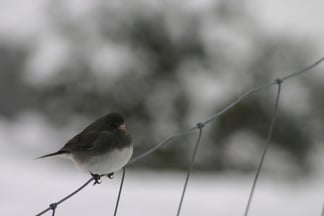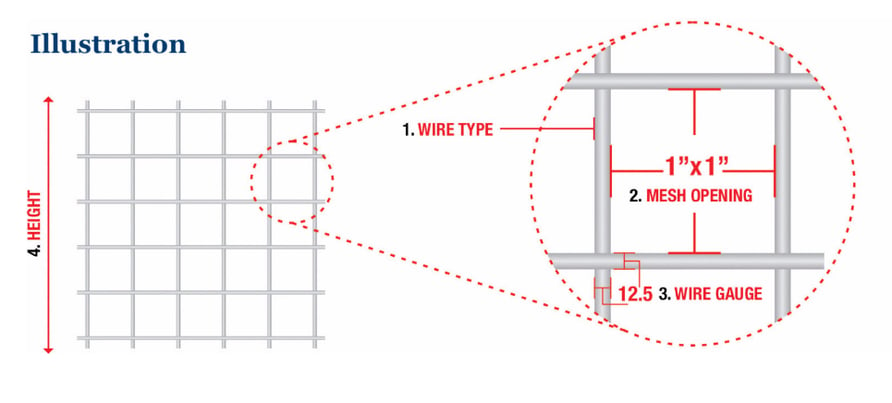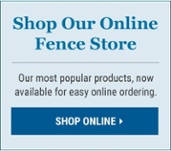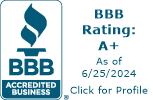Containment or Exclusion?
There are many different styles of woven wire fence that can be successfully used in zoo displays. These wire fencing products can also be put to use around the home, farm and public areas such as parks and recreational areas. Think of these fences when you have any situation where animals need to be contained or excluded.
Double-Wattled Cassowary & 2" x 4" woven wire mesh - Birmingham Zoo
2" x 4" openings, 12.5 gauge mesh -- Large Birds, Dogs, Horses, and Zebras
Woven 2" x 4" mesh is made with heavier 10 gauge selvage wires running along the top and bottom edge of the fence. This gives the fencing greater strength. Strong 12.5 gauge wire makes up the balance. A third piece of 12.5 gauge wire forms a smooth stiff knot around the horizontal and one piece vertical wires securely holding them together. Knotted construction gives the fence some flexibility making it easier to install over uneven ground. Woven 2" x 4" mesh is available in three different finishes: Class 1 galvanized, Class 3 galvanized and Class 3 black. It can be used effectively with very large birds, other animals such as dogs, horses and zebras and any other animal that requires a strong fence.
Woven 2" x 2" wire mesh fence on sides of display - Franklin Park Zoo
2" x 2" openings, 16 gauge mesh -- Birds and Small Animals
Made with the same knotted construction as the 2" x 4" fencing, this lighter weight woven wire fence is made using 14 gauge wires on top and bottom and 16 gauge wires for the filler. As with its heavier brother, the fencing has inherent flexibility. 2" x 2" mesh can be used with birds and other small animals - situations where a lighter fence will be effective.
Woven Deer and wildlife fence - Franklin Park Zoo
12.5 gauge high tensile wire -- Deer and Wildlife
Woven from 12.5 gauge high tensile wire, this strong heavily galvanized fencing can be used with many different kinds of animals. All feature spacing between horizontal wires that graduate from small at the bottom to large at the top. Heights range from 4' through 10'. Horizontal and vertical wires are held together with fixed knot construction. Deer and wildlife fencing is available with a Class 3 galvanized finish. Some heights have a Class 3 black finish. The strength and height make this an ideal fence to use with a wide range of animals.
Deer fence gateway - Birmingham Zoo
Louis Page -- Resources for You
We source wire mesh fencing and aviary netting for zoos, parks and homes across North America. If you don't see something in this blog post, please check out our online shop or give us a call (800-225-0508) or email us (sales@LouisPage.com). We love animals and want to make sure both animals and humans stay safe and healthy for many years!

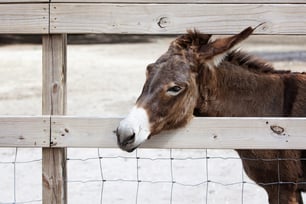





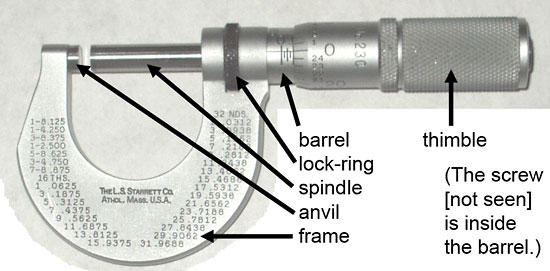
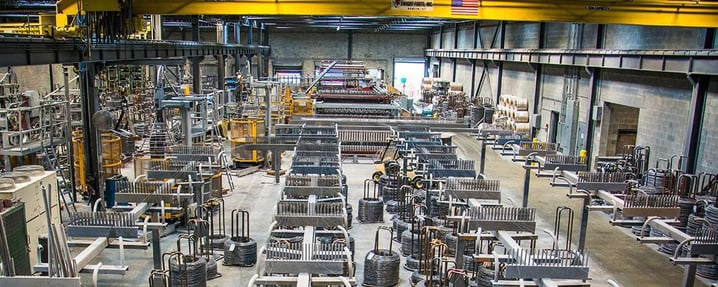
.png?width=366&name=1200px-Wire_gauge_(PSF).png)






